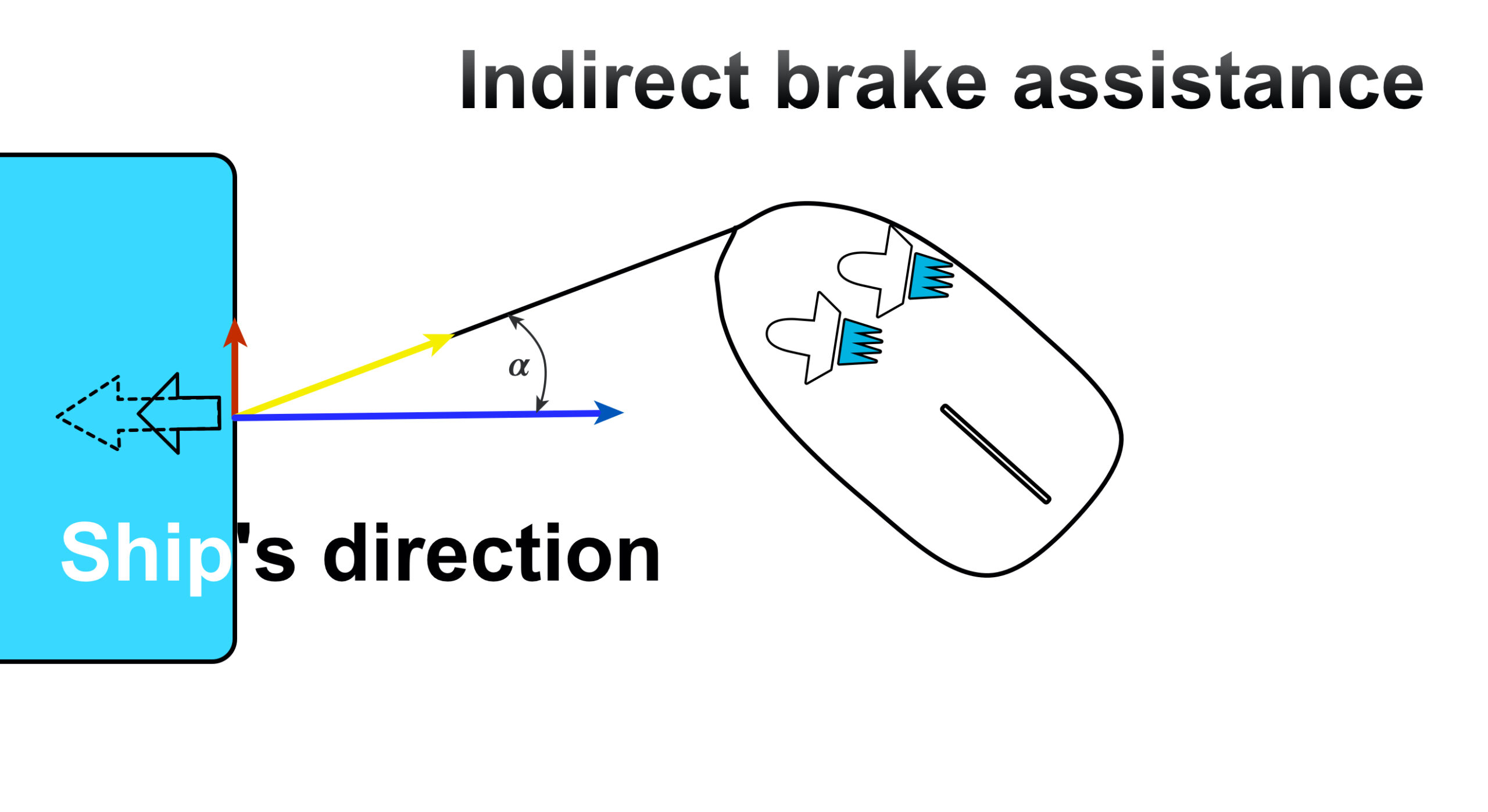Escort Tug
Escort tug
As the term suggests, the purpose of this kind of tug is to accompany a particular ship on its path in areas that, by their nature, are dangerous for navigation or a possible accident could lead to pollution or environmental damage.
Having to work at high speeds, to keep up with the ship to be escorted, they must follow her up to over 14 knots and be capable of handling an emergency by releasing enormous force. The primary function of the Escort tug is to be able to make a ship turn or stop in the unfortunate event that the steering or propulsion system fails. The escort tug idea was born in the early 90s, following some large oil tankers’ accidents.
For the Escorts, the same principle applies to the other tugs: the winch is positioned in the centre on the “tractor drives” and forward on the “stern drives”.
Let’s see what other characteristics the Escort must have, considering that they were born mainly for the assistance of large ships in navigation and manoeuvring.
First of all, these tugs can operate in “reverse mode” or “indirect braking & steering”, which leads to a higher pull than that of the Bollard Pull provided exclusively by the engine. Furthermore, using the hull shape and its appendages, they can generate additional strength, obtained by positioning the tug at work with angles that can reach up to 45 degrees if in “pure indirect braking” and up to 90 degrees if in “powered indirect steering.”

Tugs who escort a ship to the port can also operate as harbour tugs.
The Classification Society, precisely according to the particular characteristics of these tugs, establish some criteria to which they must meet:
- The winch must have a system designed to reduce the load on the line due to dynamic oscillations.
- The winch must release the towline when the effort exceeds 50% of the breaking load.
- The line breaking load must not be less than 220% of the maximum pull of the tug.
We will return to the subject to better understand the advantages of a tugboat’s direct or indirect work.
The tug and tow vessel should always comply with the local navigation rules and The International Regulations for Preventing Collisions at Sea 1972 (COLREGs).
